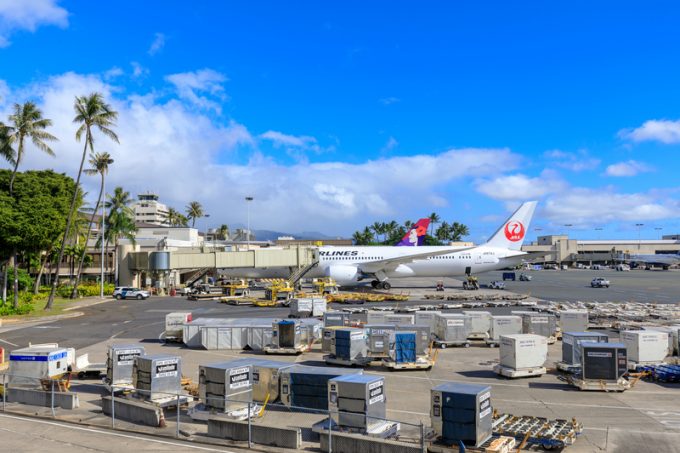Kenya Airways eyes bigger freighters to cope with demand
A booming African market is sending Kenya Airways to get out its orderbook to acquire ...

On Wednesday, Hawaiian Airlines (HA) added Fukuoka to its network with the launch of an A330 service from its Honolulu base.
The operation, which runs four times a week, reintroduces the Japanese city to HA’s roster after a five-year hiatus. It had run flights on the route between 2012 and 2014, ...

Comment on this article